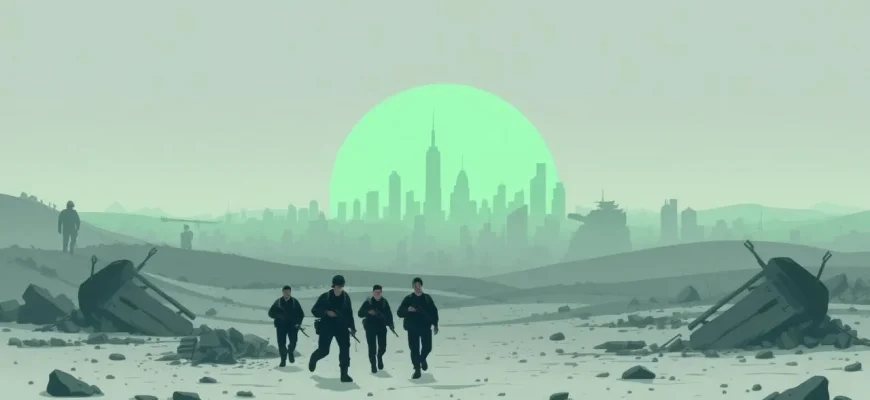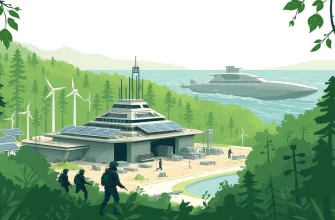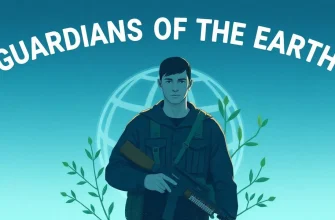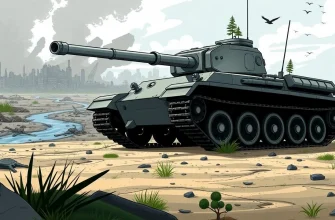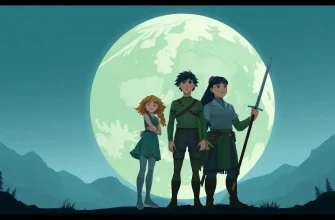In this curated selection, we delve into the harrowing intersection of war and ecological disasters. These films not only entertain but also provoke thought about the fragility of our planet and the resilience of humanity in the face of dual crises. From post-apocalyptic wastelands to battles over dwindling resources, these stories paint a vivid picture of survival, conflict, and the environment.
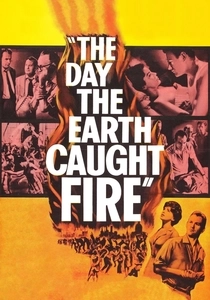
The Day the Earth Caught Fire (1961)
Description: This classic film depicts the aftermath of simultaneous nuclear tests by the US and USSR, which shift the Earth's axis, causing global chaos and a war for survival.
Fact: The film was one of the first to deal with the concept of climate change and its catastrophic effects on humanity.
 Watch Now
Watch Now 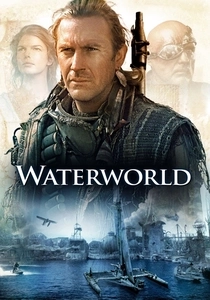
Waterworld (1995)
Description: Set in a future where the polar ice caps have melted, causing a global flood, this film explores the struggle for survival and control over the last piece of dry land, turning the world into a battleground.
Fact: The film was one of the most expensive ever made at the time, with a budget of $175 million. It was also the first film to be released on video while it was still being shown in theaters.
 Watch Now
Watch Now 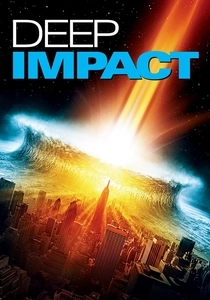
Deep Impact (1998)
Description: Humanity faces extinction from a comet strike, leading to a global effort to save the planet, with conflicts arising over who gets to survive in the aftermath.
Fact: The film was released in the same year as "Armageddon," leading to comparisons between the two comet/asteroid disaster films.
 Watch Now
Watch Now 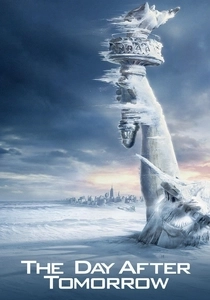
The Day After Tomorrow (2004)
Description: This film showcases a sudden global weather shift leading to an ice age, where survivors must navigate through a war-like scenario to find safety. It's a stark reminder of how quickly nature can turn against us.
Fact: The film was inspired by the book "The Coming Global Superstorm" by Art Bell and Whitley Strieber. It was also one of the first major films to use CGI extensively for weather effects.
 Watch Now
Watch Now 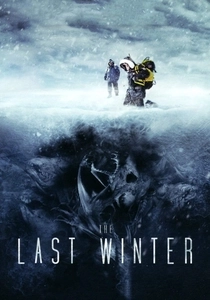
The Last Winter (2006)
Description: An oil company's drilling in the Arctic leads to supernatural events and psychological breakdowns, reflecting the war between human greed and nature's retaliation.
Fact: The film was shot in the Arctic National Wildlife Refuge, showcasing the stark beauty and harshness of the environment.
 Watch Now
Watch Now 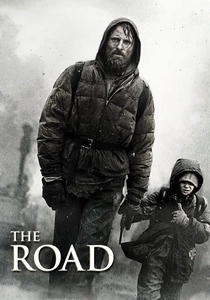
The Road (2009)
Description: A father and son journey through a post-apocalyptic America where civilization has collapsed due to an unspecified catastrophe, leading to a war for survival against other desperate survivors.
Fact: The film is based on the Pulitzer Prize-winning novel by Cormac McCarthy. Viggo Mortensen lost significant weight for his role to portray the harsh conditions of the film's setting.
 Watch Now
Watch Now 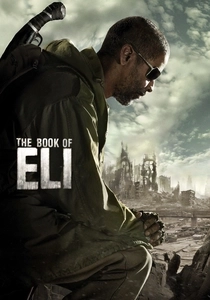
The Book of Eli (2010)
Description: In a post-apocalyptic world ravaged by war and environmental collapse, a lone wanderer carries a book that could save humanity, leading to conflicts over its possession.
Fact: The film features a cameo by Tom Waits as a blind man, and the script was on the 2007 "Black List" of the best unproduced screenplays.
 Watch Now
Watch Now 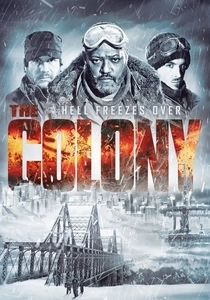
The Colony (2013)
Description: In a future where Earth's surface is uninhabitable due to an ice age, survivors live in underground bunkers. When their colony faces collapse, they must venture out into the war-torn, frozen world above.
Fact: The film was shot in Toronto, Canada, with sets designed to mimic the harsh, icy conditions of the film's setting.
 Watch Now
Watch Now 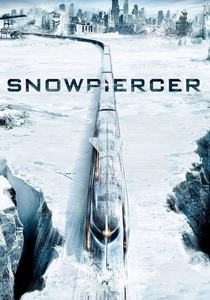
Snowpiercer (2013)
Description: After a failed climate change experiment, the world is frozen, and the remnants of humanity live on a perpetually moving train, where class warfare erupts over resources and survival.
Fact: The film was directed by Bong Joon-ho, who later won an Academy Award for "Parasite." It was also the first English-language film for the South Korean director.
 Watch Now
Watch Now 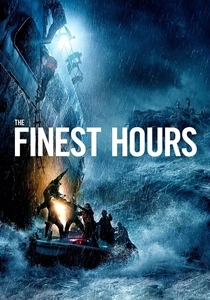
The Finest Hours (2016)
Description: While not directly about war, this film captures the battle against nature as a Coast Guard team attempts a rescue during a massive storm, highlighting the fight for survival against overwhelming odds.
Fact: The film is based on a true story from 1952, where a tanker split in two off the coast of Cape Cod, leading to one of the most daring rescues in Coast Guard history.
 Watch Now
Watch Now 
